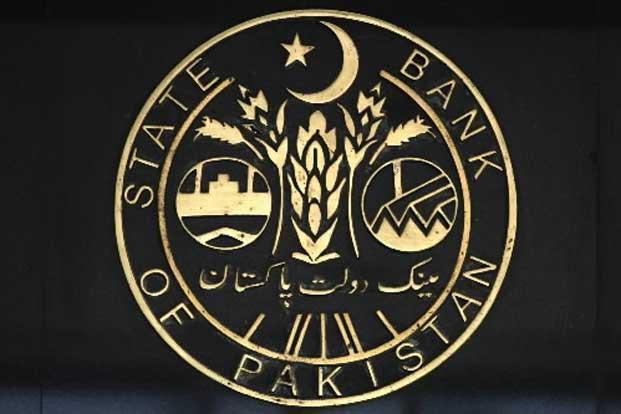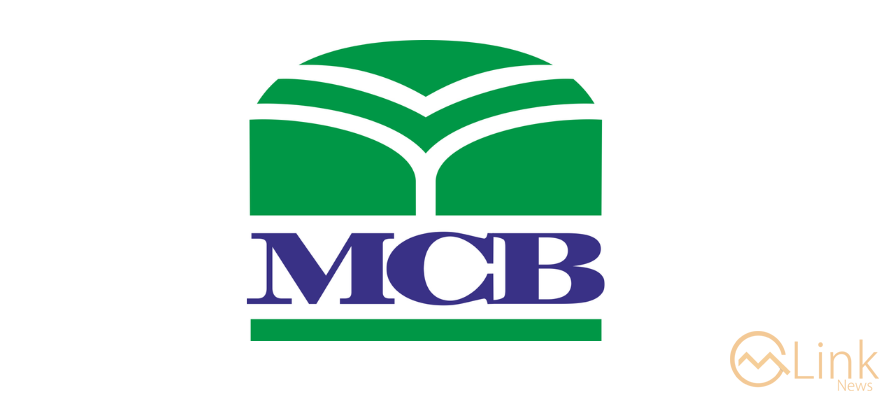The State Bank of Pakistan said that the recent policy measures and developments including monetary tightening, exchange rate depreciation and changes in import and custom duties are all likely to dampen domestic demand, especially imports.
The State Bank of Pakistan released the state of economy report Thursday and in its economic outlook said that the additional revenue measures and a cut in federal development spending proposed in the Finance Supplementary (Amendment) Bill, 2018 might contain fiscal deficit as well.
However, these developments will have implications for growth and inflation going forward. In this context, the real GDP growth target of 6.2 percent for FY19 appears ambitious.
The industrial sector, in particular, may witness a slowdown due to an expected reduction in consumer demand. More specifically, construction – allied and consumer durable industries may see s lower growth in production. The former may be affected by a contraction in development spending, while the latter could be hit by rising domestic prices due to exchange rate depreciation and higher borrowing cost.
Moreover, lower sugar production on account of expected decline in sugarcane crop may also dampen the food group’s contribution to LSM growth.
Decline in the area under sugarcane crop , water shortages at the time of sowing of kharif crops – especially cotton – and weak trends in the off – take of fertilizer indicate that agriculture sector may not repeat last year’s extraordinary performance. Recent rains and improved water availability as well as increased are a under rice and cotton crops, however, may provide some support. Therefore, growth in agriculture may fall below the target as well as the last year’s level of 3.8 percent. Slower growth in both industrial and agriculture sectors will also affect performance of the services sector.
In this background, the real GDP growth is projected in the range of 4.7 to 5.2 percent during FY19.
In addition to slower economic activity, exchange rate depreciation and other administrative measures, especially the increase in import duties, would help moderate growth in import’s barring any major shock to international oil prices.
Meanwhile exports are expected to maintain the FY18 momentum into FY19 as well though uncertainties due to growing global trade tensions could pose some downside risks to this momentum. Besides the lagged impact of depreciation, improved energy supply, better availability of raw materials especially cotton, rice and hides), and continuation of the incentive package for export-oriented industries are the key factors supporting prospects of higher growth in exports.
In addition, Pakistan can also benefit from a likely increase in food prices in international market.
Persistence of drought-like conditions in major wheat producing countries could lead to higher wheat prices, increasing prospects for Pakistan to offload surplus wheat stock.
Moreover, workers’ remittances are expected to increase moderately during FY19 on account of an uptick in international oil prices, steady economic activity in advanced economies, and various steps taken to facilitate remittances through official channels like m-wallet and asan remittance account.
Incorporating these developments, the current account deficit is projected to be in the range of 5 to 6 percent of GDP for FY19.
In addition to the earlier policy measures aimed to contain imports, recent changes in income tax–partial reversal of the tax relief announced in the FY19 budget, administrative revenue measures, and further increase in regulatory and federal excise duties would help maintain a higher growth in tax collection.
Similarly, the announced reduction in development spending and austerity measures are likely to relatively slower the growth in overall fiscal spending.
These measures are expected to contain the fiscal deficit in the range of 5 to 6 percent of GDP during FY19.
The overall assessment, therefore, suggests that underlying inflationary pressures may persist. Increase in gas tariffs, import duties and excise duty would further add to inflation both directly and indirectly. Moreover, pass-through of higher oil prices and exchange rate depreciation would keep inflation expectations high.
Some of the impact of these factors, however, is likely to be offset by the increase in policy rate and lower food inflation, which is expected to remain subdued in FY19 as well in view of sufficient stocks of staple food items.
With these developments in the background, average inflation is projected in the range of 6.5 to 7.5 percent during FY19, against 3.9 percent recorded in FY18 and 6.0 percent target for the year.
However, there are risks to this assessment emanating particularly from volatile energy price. Moreover, global food prices may also increase in case drought-like conditions persist in major wheat producing countries.
23747







